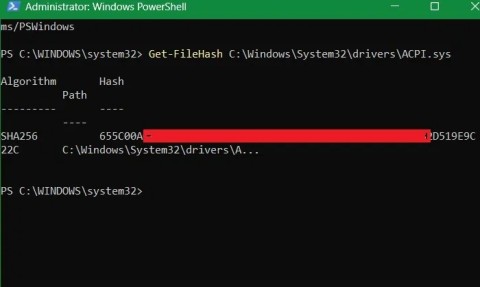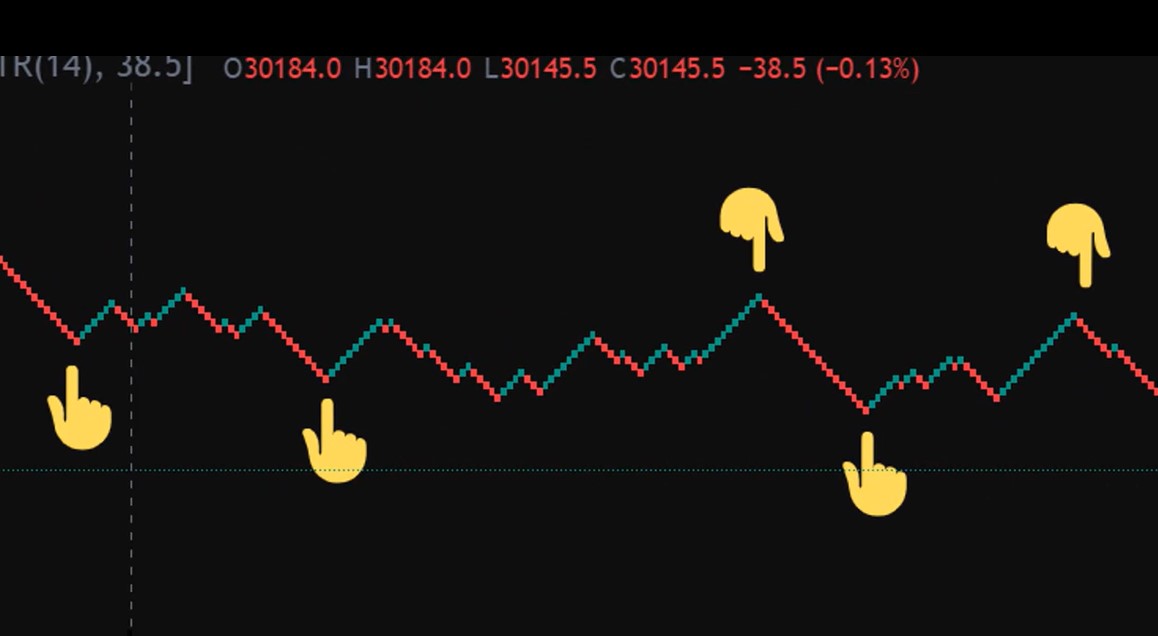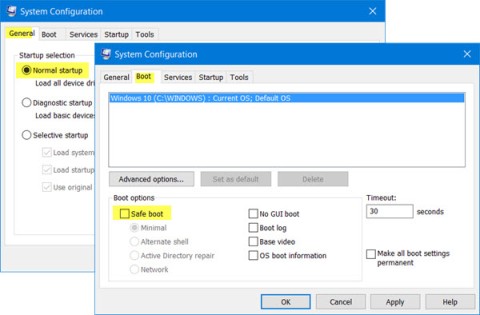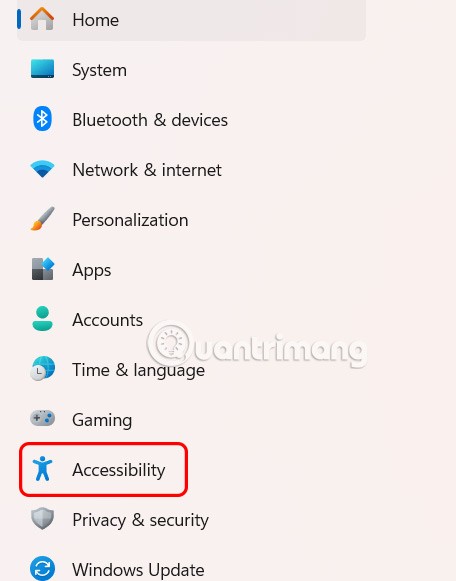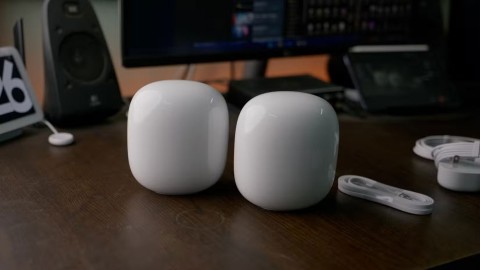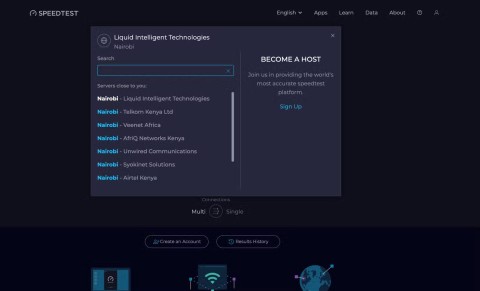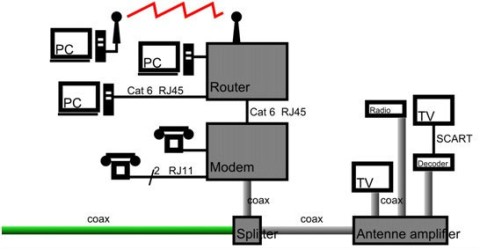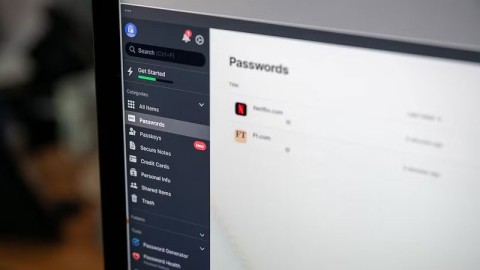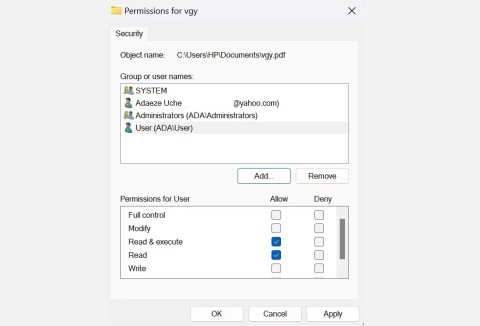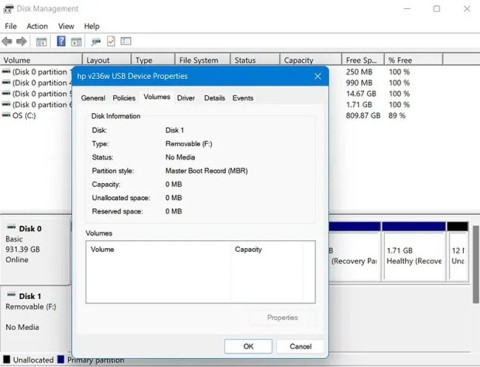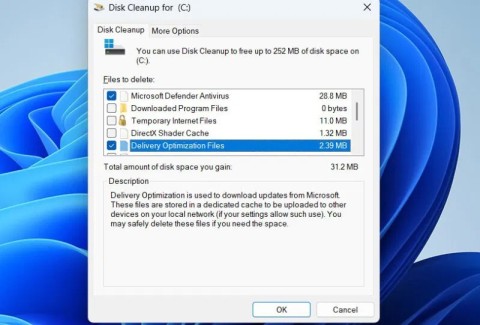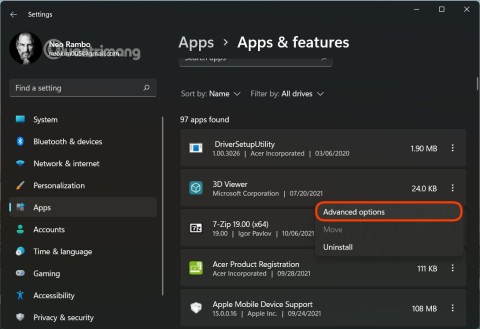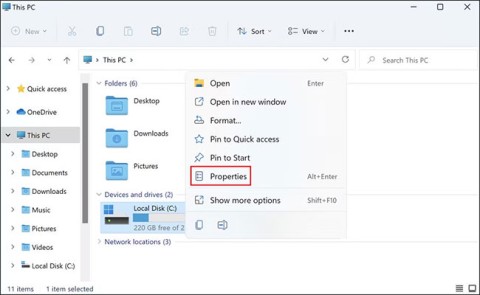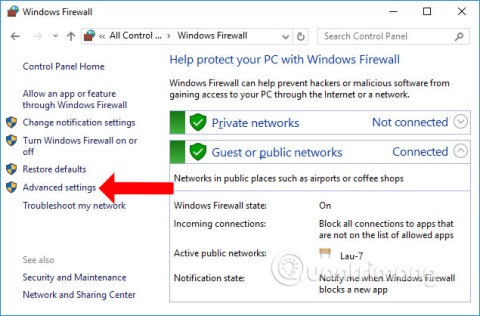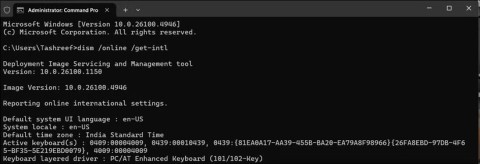The Windows error 0x80070643 message occasionally appears after a faulty application or operating system update and can be a symptom of a variety of different tech problems, from virus or malware infections to corrupted or deleted files and even improper shutdowns.
Luckily, there are several methods you can use to fix this issue and get your Windows device working properly again.
What is Error 0x80070643? How to fix it?
How does error 0x80070643 appear?
Error 0x80070643 often appears during Windows operating system updates, application installation or updates.
When enabled in Windows update, error 0x80070643 will show up in the Update History screen after trying to install in the Windows Update page . It will look like this:
Failed to install on (date) - 0x80070643
If this error message occurs during or after installing or updating an app, the message will appear.
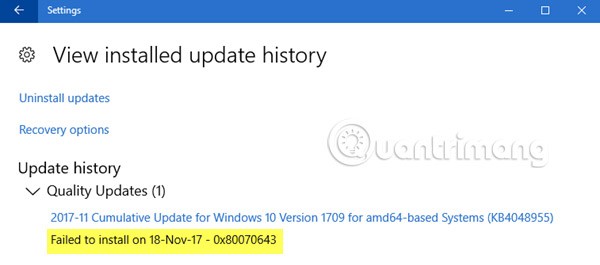
Causes of error 0x80070643
Error message 0x80070643 is usually caused by incorrectly configured system settings, malware or viruses, driver problems, corrupted files, deleted system files, or old versions of programs that were not properly removed, when a new version was downloaded.
Error 0x80070643 can also occur when a Windows computer or tablet is improperly shut down or disconnected from the power source while in use.
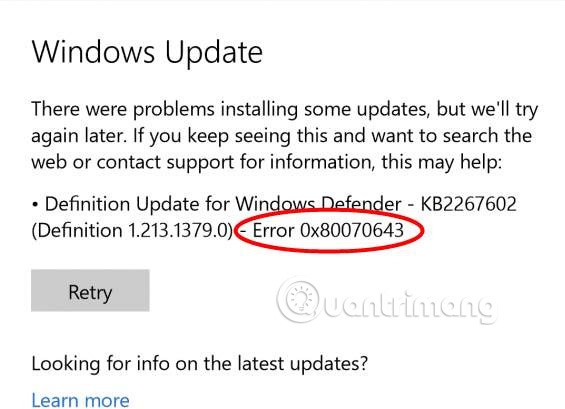
How to fix error 0x80070643
Error 0x80070643 can be frustrating. But don't worry! There are effective ways to fix this error that are built directly into Windows. These methods require very little advanced knowledge to perform.
1. Retry the installation : Sometimes, regardless of what caused the 0x80070643 error, simply retrying the installation or update will fix the problem. Therefore, it is worth trying this at least one more time before continuing with troubleshooting.
2. Redownload the file : If you downloaded an update or app and it caused the 0x80070643 error message, the file may have been corrupted during the download process. Try downloading it again to see if that fixes the problem.
Tip : It's better to delete the downloaded files first, to avoid accidentally installing them instead of the new download.
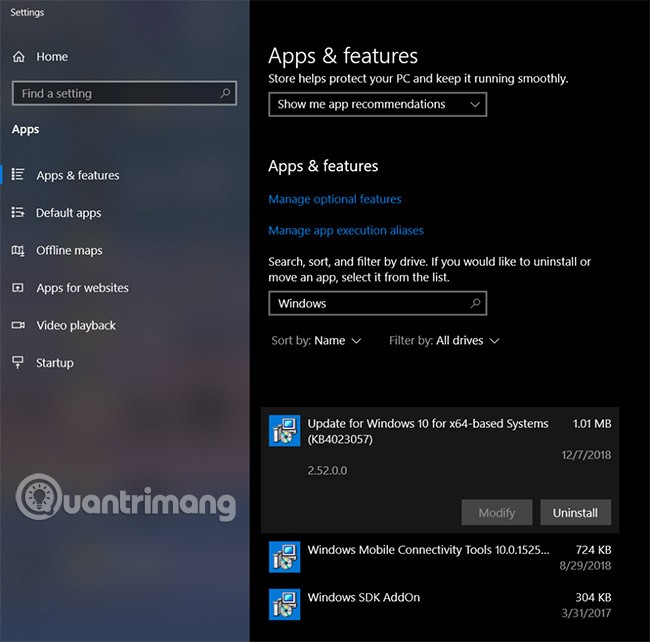
3. Check your Internet connection : A faulty internet connection can cause error 0x80070643, by interrupting the download of important files and delaying installation or updates, if the process requires connecting to an online server.
4. Close other programs : Sometimes running other programs can interfere with an update or installation, by accessing important files and using up device resources. Try closing all open programs on your computer and quit any background activities like Telegram, Google Chrome or Skype .
5. Pause current downloads and updates : Downloading updates for other apps and software can slow down your Internet connection and affect the download or installation of important files. Make sure no other apps are being updated or installed and try again.
Tip : Most modern Windows 10 apps are updated through the Microsoft Store app . You can see all active updates by opening the app, selecting the three-dot icon, and then clicking Downloads and updates in the upper-right corner.
6. Restart your computer : A basic computer restart can fix a variety of Windows problems.
7. Run the Windows Update Troubleshooter : The Windows Update Troubleshooter comes pre-installed on Windows and can scan and fix any issues related to OS and application updates. You can find it in Settings > Update & Security > Troubleshoot > Windows Update . This method is one of the easiest and most effective ways to perform a Windows update repair.
Tip : If you encounter error 0x80070643 when trying to run, install, or update a relatively old piece of software, you should also try running the Program Compatibility Troubleshooter , which can be found on the same screen as the Windows Update Troubleshooter .
8. Install the latest .NET Framework : A corrupted .NET Framework can cause installation and update errors in Windows, including error 0x80070643. You can fix the problem by installing the latest .NET Framework update from Microsoft's official download page .
9. Run the .NET Framework Repair Tool : If you have the latest .NET Framework update and you suspect that it is still causing error 0x80070643, you can try downloading and running the .NET Framework Repair Tool.
This is official repair software from Microsoft, which can be downloaded and run from its page on the Microsoft website .
10. Turn off your antivirus : Antivirus programs have a bad reputation for causing conflicts with application settings and system functions. Try turning off your antivirus program and try updating or reinstalling it.
Important Note : Don't forget to turn your antivirus program back on after you have completed the task.
11. Run an SFC scan : An SFC scan can detect and repair corrupted system files on your computer. To run an SFC scan, open Command Prompt , type " sfc /scannow ", and press Enter Enter. Wait for the scan to complete, close Command Prompt, and then try installing or updating again.
12. Restart Windows Installer : A glitch in Windows Installer can often cause error 0x80070643, but this can be fixed by restarting it. To do this, press Windows+ R, type "services.msc", then press . Select Windows Installer once to highlight it, then select the RestartEnter link on the left.
13. Uninstall the app : If error 0x80070643 occurs during an app update, it could be that the existing version of the app is corrupted and causing the problem. Another way is to uninstall the app and then reinstall it. When you reinstall, the latest version will be applied so you don’t need to update it.
The easiest way to uninstall an app in Windows 10 is to right-click its name in the Start menu and select Uninstall.
14. Resize the recovery partition : The WinRE partition may be too small to complete the update process.
Note : Only perform this step if you see an update error related to the Windows Recovery Environment. KB5034441 is one such example.
Other errors similar to error 0x80070643
While error 0x80070643 is one of the reasons why Windows updates fail, there are many other reasons why Windows updates refuse to download or install properly on your computer or laptop, along with a variety of issues that can be caused by the update.
Some frequently asked questions
How to update Windows 10?
Your Windows PC will automatically download and install updates. If you want to download updates manually, select Start > Settings > Update & Security > Windows Update . If a patch is available, you can download it here.
How to update graphics driver in Windows 10?
You can download and install the latest update from your graphics card manufacturer. For example, if you have an Nvidia GPU, visit the company’s official download page and select your model from the drop-down menu to find the appropriate driver. If you have an AMD card, visit the company’s Drivers and Support page to download the latest update.
How to turn off Windows 10 updates ?
To pause Windows updates, go to Settings > Update & Security > Advanced Options > Pause updates . You can turn off updates for 35 days at a time.
How do I roll back Windows updates?
If you think a recent Windows update is causing problems on your PC, you can uninstall it. Select Start > Settings > Update & Security > Windows Update > View your update history > Uninstall updates . Right-click the update you want to remove and select Uninstall .
Good luck with your troubleshooting!
